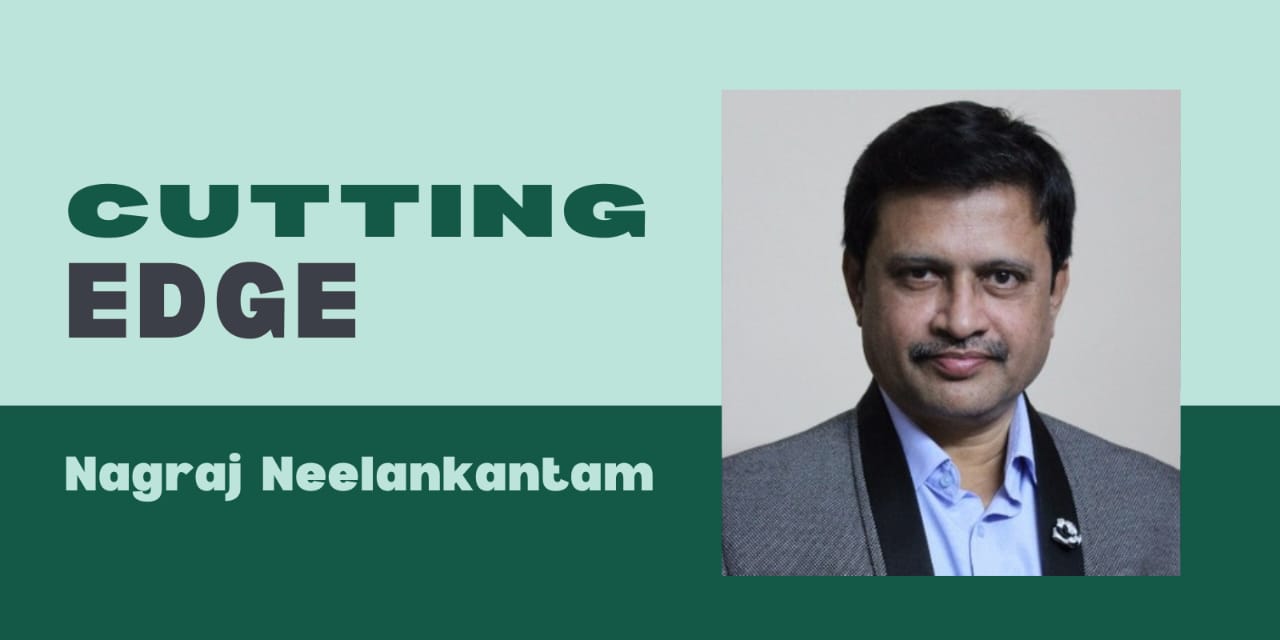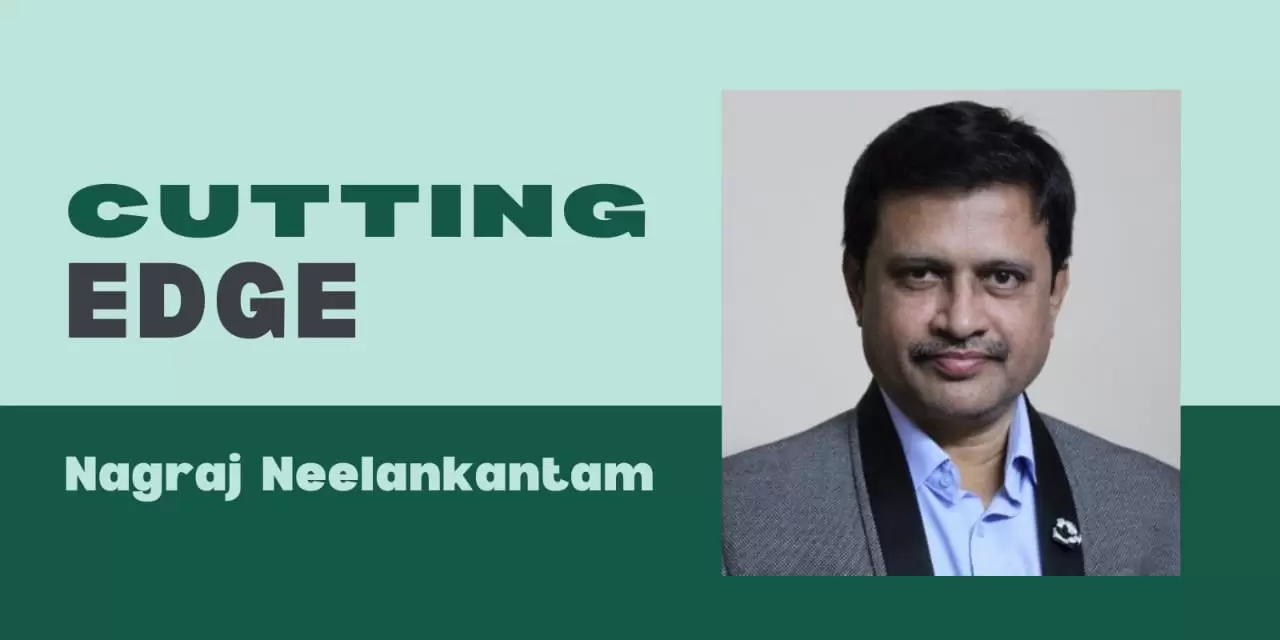Narendra Modi, the Prime Minister of India since 2014, has been a pivotal figure in Indian politics. His strategies have reshaped the country’s governance and political dynamics. Modi’s ascent marked a significant shift, particularly challenging the Indian National Congress and the Nehru-Gandhi family’s long-standing dominance. This analysis explores Modi’s strategies, the implications of his governance, and the Congress party’s potential future.
Modi’s political approach blends tradition with innovation, often termed “Koot Neethi”—a mix of tactics and maneuvers. From the start, he focused on dismantling entrenched political norms and challenging the Congress party’s narrative, built around the Nehru-Gandhi family. Beyond confrontation, Modi’s broader campaign has reshaped public perception and discourse.
A cornerstone of Modi’s strategy is his emphasis on nationalism and a strong central government. By presenting himself as a leader prioritizing national interests over dynastic politics, Modi has struck a chord with many Indians. His initiatives to boost economic growth, improve infrastructure, and enhance India’s global standing resonate with citizens seeking progress and change.
Modi’s adept use of social media and digital platforms has also redefined political communication. By engaging directly with the public and bypassing critical traditional media, he has cultivated a loyal base and mobilized support for his policies. This technological edge has set a precedent for political campaigns in India.

In contrast, the Congress party has struggled to adapt to the evolving political landscape. Its reliance on the Nehru-Gandhi family’s charisma and its historical legacy has proven insufficient against Modi’s narrative. Internal factionalism and a lack of cohesive leadership further compound its challenges.
Amid these struggles, younger Congress members are increasingly advocating for a break from the party’s dynastic roots. This shift reflects a broader trend of connecting with the aspirations of India’s youthful electorate. With a significant portion of the population being young, the demand for leadership that resonates with modern values and experiences is growing.
The Congress party’s revival hinges on embracing inclusivity, innovation, and grassroots engagement. A new leader who embodies these principles could rejuvenate the party and challenge Modi’s dominance. However, the road ahead is fraught with challenges. To remain relevant, the Congress must address economic inequality, social justice, and environmental concerns while fostering accountability and transparency within its ranks.
Modi’s tenure has been marked by strategic dismantling of the Congress party’s traditional stronghold. His “Koot Neethi” approach has enabled him to navigate governance complexities and appeal to a diverse electorate. As India’s political landscape evolves, the Congress party’s ability to adapt will determine whether it can reclaim its status or continue to decline under Modi’s relentless influence.
The coming years will reveal if the Congress can transform itself into a dynamic political force or remain overshadowed by Modi’s transformative leadership.






